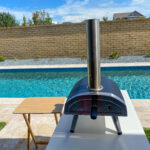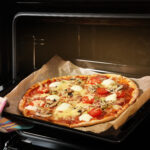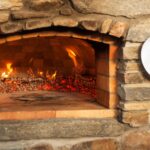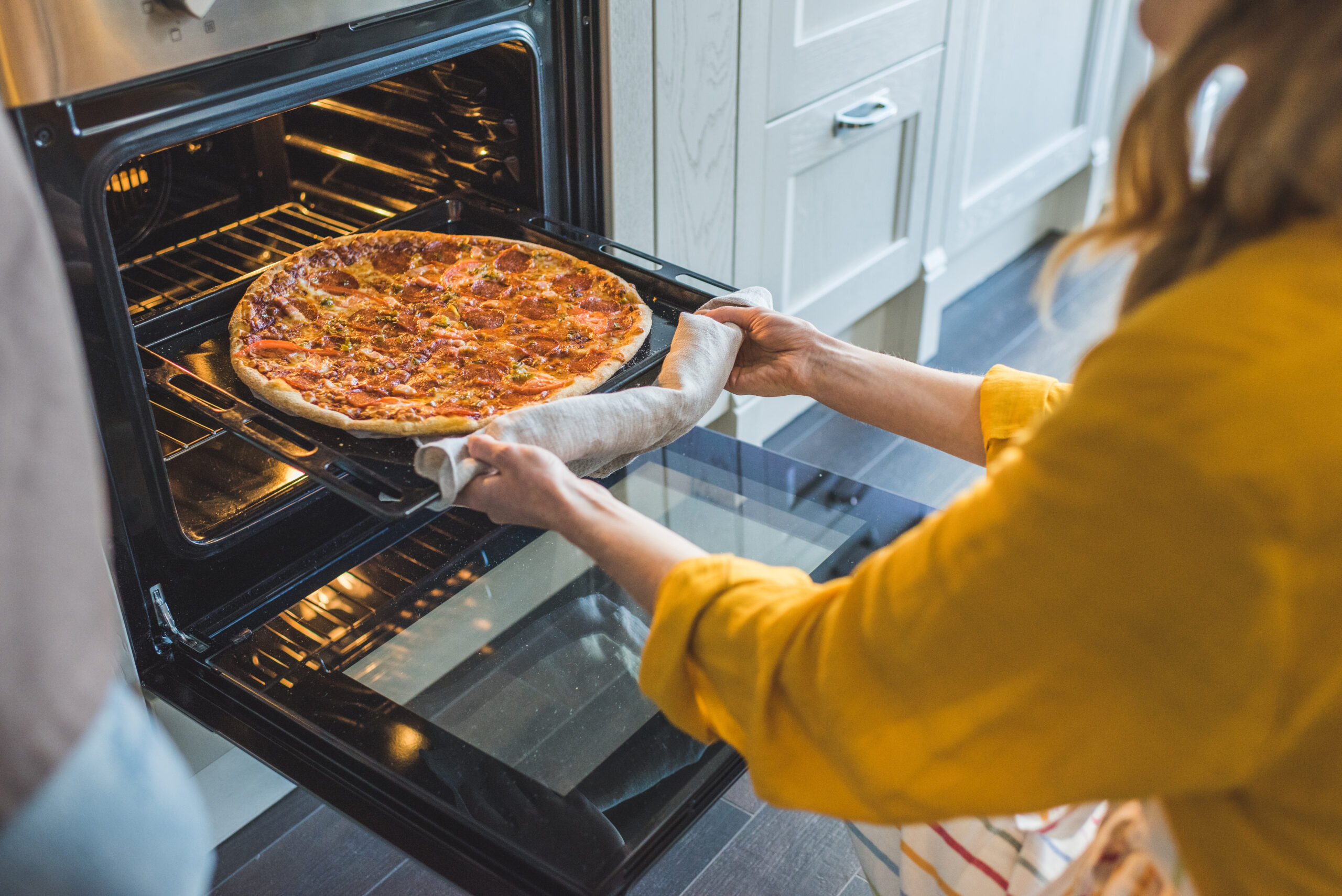Pizza ovens are not just for making pizzas. These versatile ovens can be used to cook a variety of dishes, from roast meats to baked fruits. If you have a pizza oven at home, you can make the most of it by learning how to use it for more than just pizza.
One of the key things to keep in mind when cooking in a pizza oven is the temperature. You want your oven to reach a consistent temperature somewhere between 700°F and 1,000°F before you start cooking any dishes. It’s best to use an infrared thermometer to safely check the oven’s temperature. Once you have the right temperature, you can start cooking a range of dishes, from flatbreads and dips to roast meats and baked fruits.
Learning how to cook in a pizza oven is a great way to get more use out of your oven and experiment with different dishes. With a little bit of practice, you can master the art of cooking in a pizza oven and impress your friends and family with your culinary skills. In this article, we will cover everything you need to know about cooking in a pizza oven, from temperature control to recipe ideas.
Understanding Pizza Ovens
Pizza ovens are a great investment for anyone who loves to cook and entertain. These ovens are designed to cook pizzas quickly and evenly, resulting in a crispy crust and perfectly melted cheese. Understanding how pizza ovens work and the different types available can help you choose the best one for your needs.
Types of Pizza Ovens
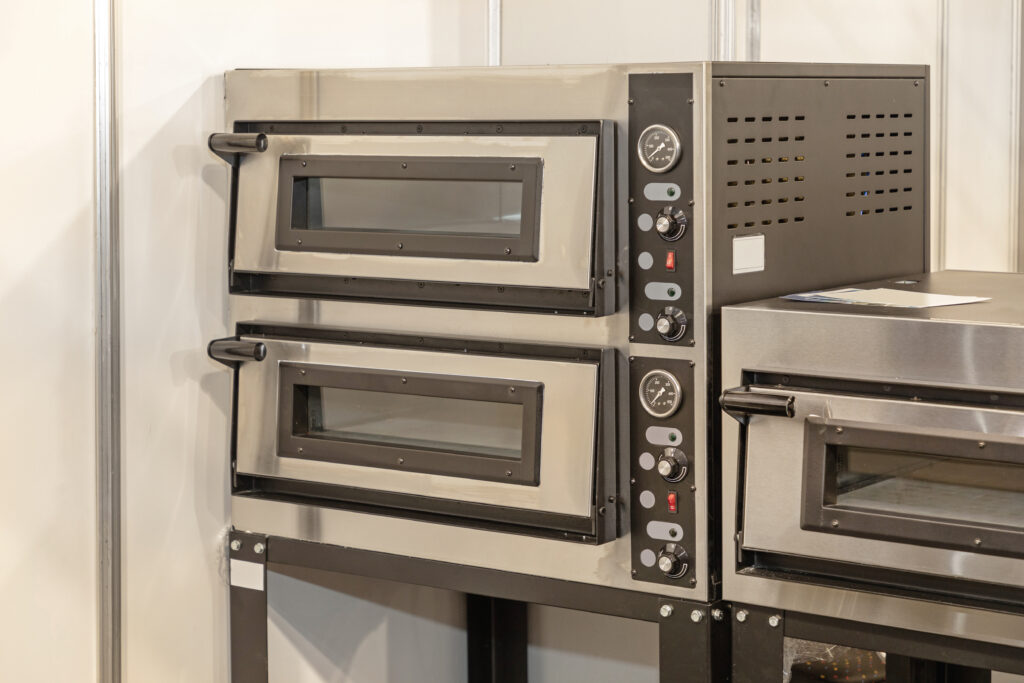
There are several types of pizza ovens available on the market, each with its own unique features and benefits. The most popular types of pizza ovens are:
- Wood-fired pizza ovens: These ovens use wood as the primary fuel source and are known for producing a smoky flavor that is hard to replicate with other types of ovens. They can reach temperatures of up to 900°F and are perfect for cooking Neapolitan-style pizzas.
- Gas-fired pizza ovens: These ovens use gas as the primary fuel source and are known for their convenience and ease of use. They can reach temperatures of up to 700°F and are perfect for cooking a variety of pizza styles.
- Electric pizza ovens: These ovens use electricity as the primary fuel source and are known for their consistent heat and ease of use. They can reach temperatures of up to 600°F and are perfect for cooking thin-crust pizzas.
How a Pizza Oven Works
Pizza ovens work by using high temperatures to cook the pizza quickly and evenly. The heat source is the most critical component of a pizza oven. The heat source is responsible for heating the oven and cooking the pizza.
Wood-fired pizza ovens are the most traditional and popular type of pizza oven. They use wood as the primary fuel source and can reach temperatures of up to 900°F. The wood is burned in the oven, which heats the bricks and retains the heat. This allows the oven to cook at a consistent temperature while you bake, roast, or slow cook.
Gas-fired pizza ovens use gas as the primary fuel source and can reach temperatures of up to 700°F. The gas is burned in the oven, which heats the bricks and retains the heat. This allows the oven to cook at a consistent temperature while you bake, roast, or slow cook.
Electric pizza ovens use electricity as the primary fuel source and can reach temperatures of up to 600°F. The oven is heated using an electric heating element, which heats the bricks and retains the heat. This allows the oven to cook at a consistent temperature while you bake, roast, or slow cook.
In conclusion, understanding the different types of pizza ovens and how they work can help you choose the best one for your needs. Whether you prefer the traditional smoky flavor of a wood-fired pizza oven or the convenience of an electric pizza oven, there is a pizza oven out there that is perfect for you.
Preparation Before Cooking
Before you start cooking in your pizza oven, there are a few important steps you should take to ensure that your pizza turns out perfectly. In this section, we’ll cover the three main preparation steps: choosing the right ingredients, preparing the dough, and preheating the oven.
Choosing the Right Ingredients
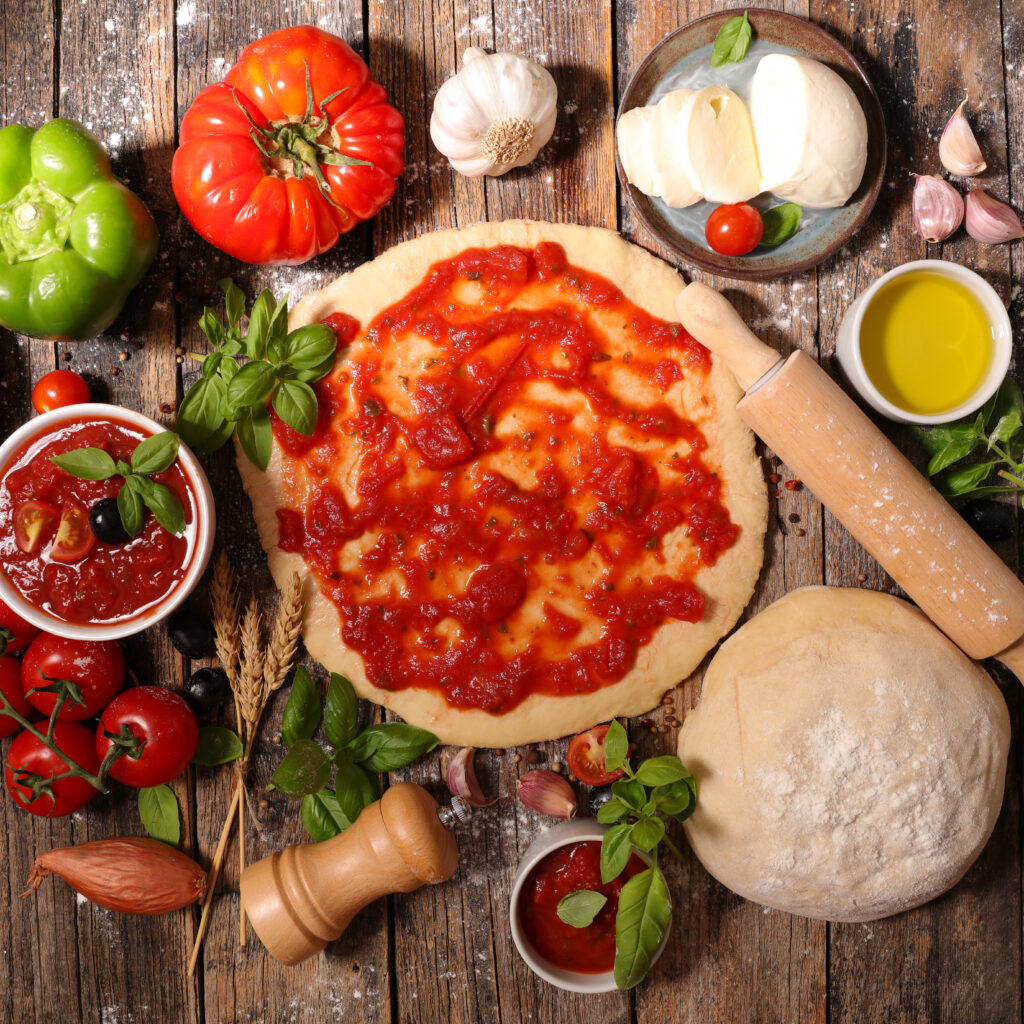
When it comes to making a great pizza, the quality of your ingredients is key. Start by choosing fresh, high-quality ingredients that will complement each other and enhance the flavor of your pizza. Here are some tips for choosing the right ingredients:
- Use fresh, ripe tomatoes for the sauce.
- Choose high-quality cheese, such as mozzarella or Parmesan.
- Use fresh herbs and vegetables for toppings.
- Consider adding some flavorful meats, such as prosciutto or sausage.
Preparing the Dough
Preparing the dough is an essential step in making a great pizza. Here are some tips for preparing your dough:
- Use high-quality flour for the dough.
- Make sure the water you use is at room temperature.
- Add yeast to the dough for a light, fluffy crust.
- Knead the dough thoroughly to develop gluten and create a chewy texture.
- Let the dough rise for at least an hour before using it.
Preheating the Oven
Preheating your pizza oven is essential for getting a perfectly cooked pizza. Here are some tips for preheating your oven:
- Heat the oven to at least 500°F (260°C) for best results.
- Use a pizza stone to help distribute heat evenly.
- Let the oven preheat for at least 30 minutes before cooking your pizza.
- Check the temperature of the oven with an infrared thermometer to make sure it’s hot enough.
By following these preparation steps, you’ll be well on your way to making a delicious, perfectly cooked pizza in your pizza oven.
Cooking in the Pizza Oven
Cooking in a pizza oven is a fun and unique way to create delicious meals. Here are some tips to help you cook the perfect pizza in your pizza oven.
Placing the Pizza in the Oven
When placing your pizza in the oven, it is important to use a pizza peel to transfer the pizza onto the hot stone. Make sure to dust the peel with flour or cornmeal to prevent the pizza from sticking.
Once the pizza is on the peel, give it a gentle shake to ensure that it is not sticking. Then, quickly slide the pizza onto the hot stone in the oven.
Monitoring the Cooking Process
It is important to monitor the cooking process to ensure that your pizza is cooking evenly. Keep an eye on the pizza and rotate it as needed to ensure that it is cooking evenly.
If you notice that the pizza is cooking too quickly on one side, you can adjust the temperature of the oven or move the pizza to a different spot in the oven.
Removing the Pizza Safely
When the pizza is finished cooking, use the pizza peel to remove it from the oven. Be sure to wear oven mitts to protect your hands from the heat.
Slide the peel under the pizza and gently lift it out of the oven. Place the pizza on a cutting board and let it cool for a few minutes before slicing and serving.
By following these tips, you can cook delicious pizzas in your pizza oven with ease.
Post-Cooking Processes
After cooking your delicious pizza in a pizza oven, there are a few post-cooking processes you need to follow to ensure your pizza oven stays clean and your pizza is safe to eat.
Cooling the Pizza
Once your pizza is cooked to perfection, it is essential to let it cool before serving. This will prevent any burns in your mouth and allow the flavors to settle. You can let the pizza cool on a wire rack or a pizza peel for a few minutes. After that, you can slice it into pieces and serve.
Cleaning the Oven
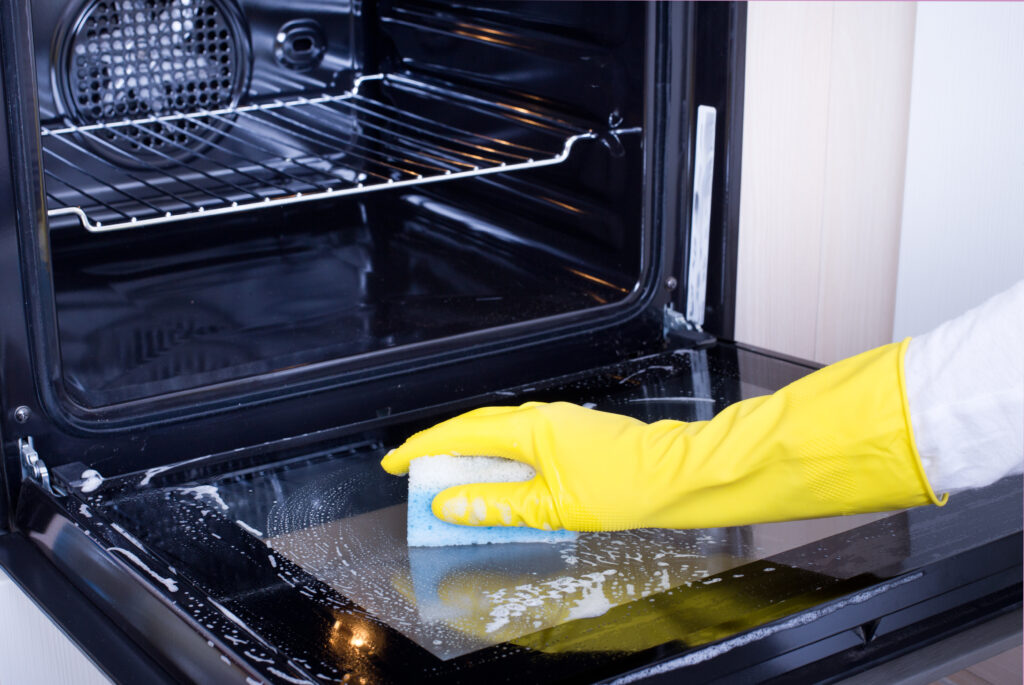
Cleaning your pizza oven after every use is crucial to keep it functioning correctly and to prevent any bacteria growth that could lead to food poisoning. Here are the steps to follow to clean your pizza oven:
- Wait for the oven to cool down: Before cleaning your pizza oven, make sure it has cooled down completely. This will prevent any burns or injuries.
- Remove any debris: Use a brush or a scraper to remove any debris or food particles from the oven floor and walls.
- Wipe the oven: Use a damp cloth or a sponge to wipe the inside of the oven. Avoid using any harsh chemicals or abrasive materials that could damage the oven.
- Clean the door: Use a glass cleaner or a damp cloth to clean the oven door. Make sure to remove any grease or food stains.
- Clean the outside: Use a damp cloth or a sponge to wipe the outside of the oven. You can also use a stainless steel cleaner if your oven has a stainless steel finish.
By following these simple steps, you can keep your pizza oven clean and in good condition for years to come.
Troubleshooting Common Issues
Pizza ovens are a great addition to any home for pizza lovers. However, like any cooking appliance, troubleshooting common issues with your pizza oven can be frustrating and time-consuming. Here are some tips to help you troubleshoot some of the most common issues.
Uneven Cooking
Uneven cooking is a common issue that can be caused by a variety of factors. One of the most common causes is an incorrect temperature setting. Make sure to adjust the cooking temperature as necessary to ensure even cooking.
Another cause of uneven cooking is improper preparation of the food product. Make sure you and your staff are preparing the pizzas correctly to avoid uneven cooking. This can include spreading the sauce and toppings evenly and ensuring that the dough is stretched evenly.
Burnt Crust
Burnt crust is another common issue that can be caused by a variety of factors. One of the most common causes is a temperature that is too high. Make sure to adjust the temperature as necessary to avoid burning the crust.
Another common cause of burnt crust is leaving the pizza in the oven for too long. Make sure to keep an eye on the pizza and remove it from the oven as soon as it is cooked to avoid burning the crust.
In addition, make sure to clean your pizza oven regularly to avoid any buildup of debris or residue that can cause issues with cooking. By following these tips, you can troubleshoot common issues with your pizza oven and enjoy delicious pizzas every time.
Advanced Techniques
Using Different Types of Wood
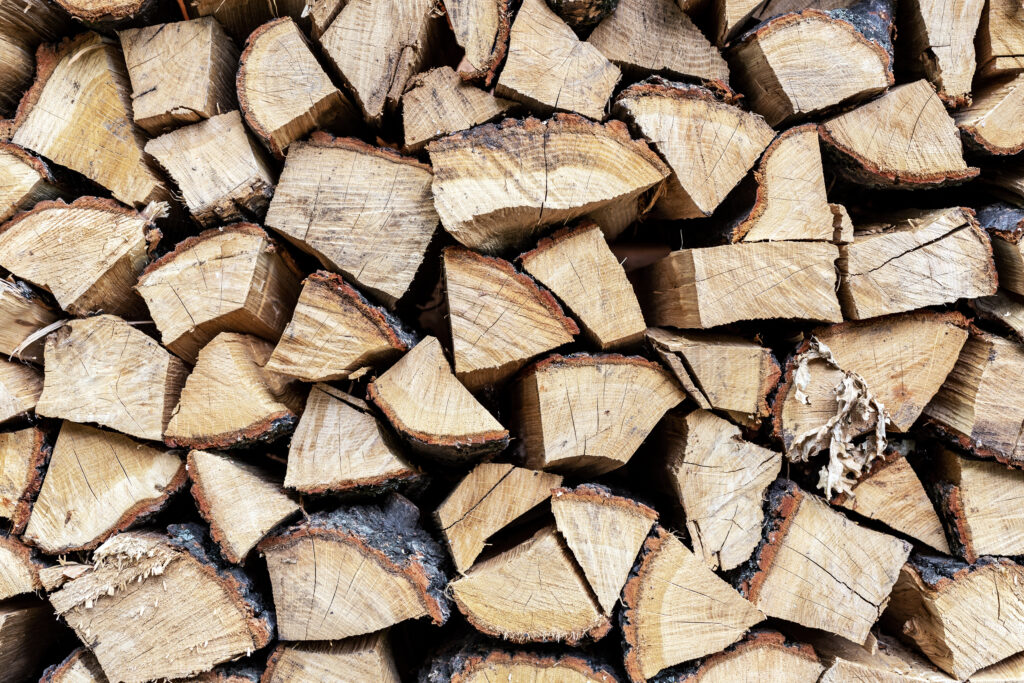
When it comes to cooking in a pizza oven, the type of wood you use can make a big difference in the flavor of your pizza. While traditional pizza ovens use hardwoods like oak, maple, or hickory, you can experiment with other types of wood to create unique flavors. Here are some options to consider:
- Fruitwoods: These woods, like apple or cherry, can add a subtle sweetness to your pizza.
- Mesquite: This wood has a strong, smoky flavor that can be overpowering if used in large quantities, but can be great for adding a bold flavor to your pizza.
- Alder: This wood has a mild, slightly sweet flavor that can complement a variety of toppings.
Before experimenting with different types of wood, be sure to check that they are safe for cooking and won’t produce harmful smoke or chemicals.
Experimenting with Toppings
While traditional pizza toppings like pepperoni and mushrooms are always crowd-pleasers, don’t be afraid to get creative with your pizza toppings. Here are some ideas to try:
- Fruits: Adding fruits like figs, peaches, or pears can add a sweet contrast to savory toppings.
- Spices: Experiment with different spice blends to add depth and complexity to your pizza. Try adding cumin, coriander, or smoked paprika to your sauce.
- Meats: Don’t limit yourself to traditional pizza toppings. Try adding pulled pork, smoked brisket, or even grilled shrimp to your pizza.
When experimenting with toppings, be sure to balance flavors and textures to create a harmonious pizza. Don’t overload your pizza with too many toppings, as this can make it difficult to cook evenly.
Remember, cooking in a pizza oven is all about experimentation and finding what works best for you. Don’t be afraid to try new things and have fun with it!


